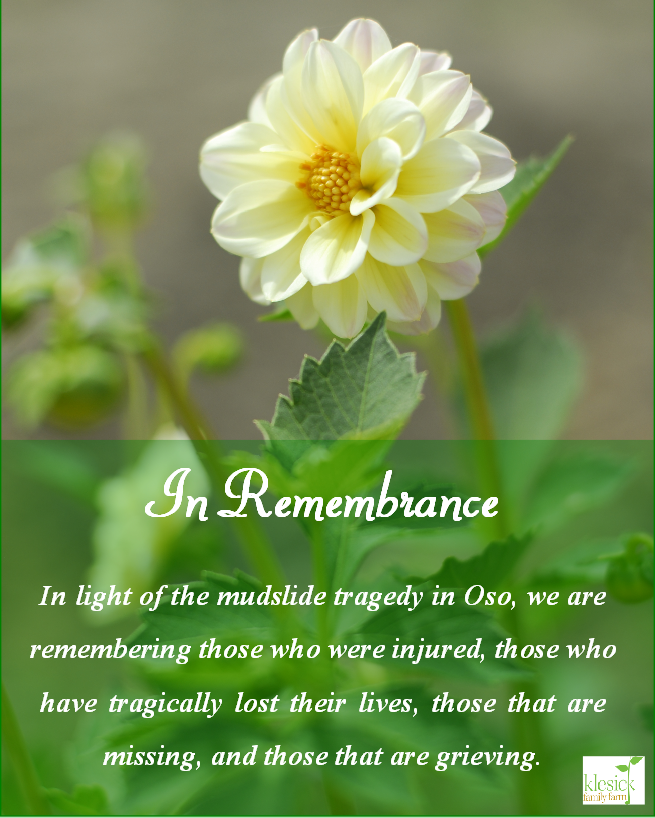When it comes to greenhouses, I am a newcomer. For years, I have eschewed the technology, but after a spring like this, “I am a believer!” We have taken a beating from the weather this spring and our planting windows have shrunk considerably. I know I have a relatively short memory (comes with age), but I am a little dismayed by the lack of farmable weather for April—March was a better month.
But if you saw my “Wednesday Farm update Video” last week on Facebook, you can tell that I have turned 180 degrees on my opinion about greenhouses. If it wasn’t for my two greenhouses, I wouldn’t have gotten peas planted and then transplanted out to the fields. Granted, I mudded them in, but they are growing and when the weather breaks they will take off and get growing in a hurry.
For the first time, I planted an early spring crop of lettuce and spinach in one of the greenhouses and, experimentally speaking, I might make it a habit. The spinach is not as profitable to grow in the greenhouse as the lettuce, but it does grow a few weeks quicker and can be direct seeded. Lettuce, however, needs a little warmer nights to start from seed, but as transplants they are good to go. Next year, I will probably grow lettuce exclusively in both houses. Mostly, lettuce is a little simpler to harvest and handle than spinach. And during most springs, “simpler to harvest and handle” is appreciated by this farmer.
In our valley, the farmers are traditionally dairy farmers or they raise crops like spinach, cabbage, chard and beets for seeds. The dairy farmers need to start cutting their fields soon, before the grass is overripe, and then they need to get the corn planted. The seed crop farmers (farmers who raise crops for their seeds and not the vegetable) need long growing seasons and April is a critical month for them. But this hasn’t been a normal “wet” spring and some of my large farming neighbors are going to be financially impacted if warmer dry weather doesn’t come pretty darn quick.
Ironically, the weather is one reason I like to farm. I like the challenge of working with what comes my way and the different management styles each season, crop and weather require. The weather is also why I grow different crops, because from year to year, I won’t know which crop will “pay the bills.” It can be spinach and other leafy vegetables or potatoes or tree fruit or beef cows or any combination thereof.
But then the weather can be almost perfect like last year, when almost everything we planted did well. And in those rare seasons, when all the crops do well, it had a lot to do with the weather!





